Warsaw - A City With Its Own Identity
![]()
The plan for our visit to Warsaw included both the restored historic city of architectural monuments and museums that most visitors see, as well as the vast urban expanses where most of the 1.75 million locals live, work, play and learn.
Our exploration began in the Stare Miasto, or old city. This part of Warsaw was completely destroyed at the end of World War II. With the war over, the decision was made to restore the square and surrounding buildings to their former grandeur. The result is a tribute to the skills and determination of the people of Warsaw.
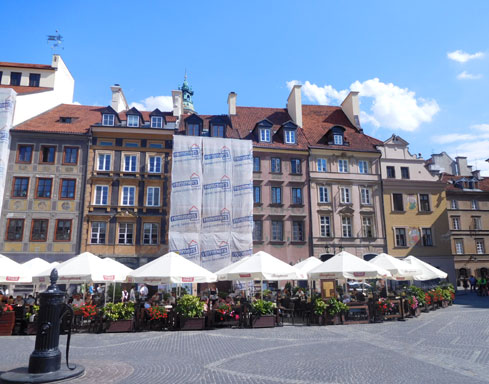
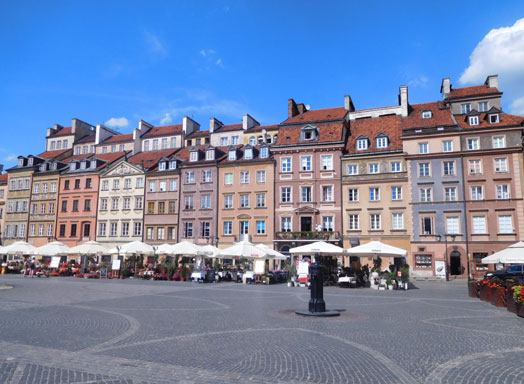
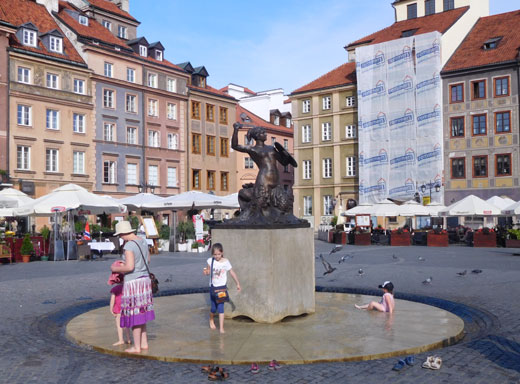
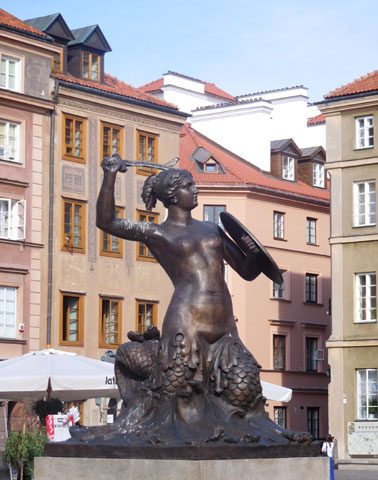
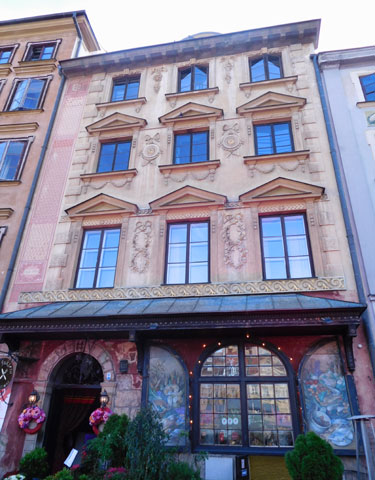
A short walk took us to the historic city walls and Nowy Miasto (new town) where we admired the Church of Saint Kazimierz and the Church of the Visitation of the Blessed Virgin Mary, also rebuilt since World War II.
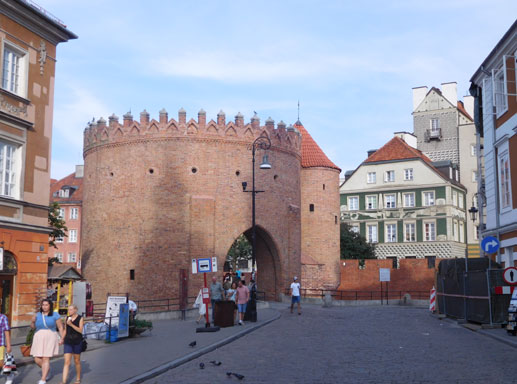
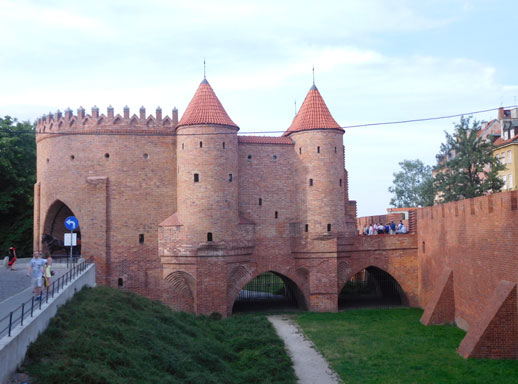
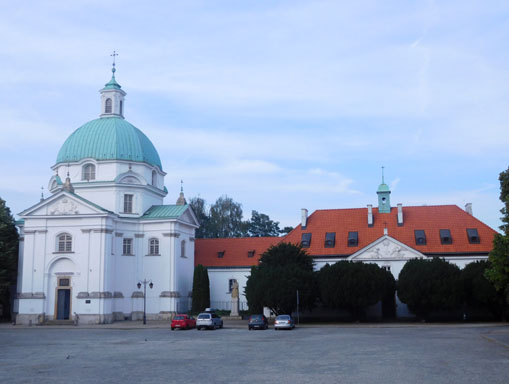
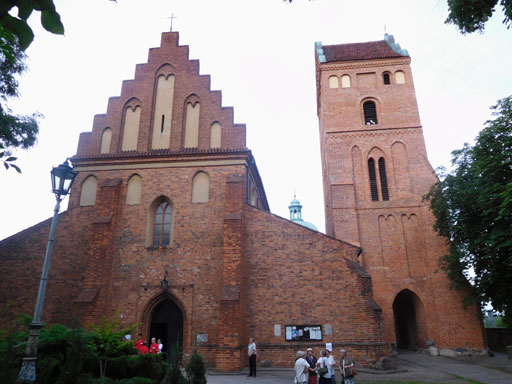
A short tram ride took us to Praga on the Wisla's right bank, an area which was a bit calmer away from the "tourist crush" of the Stare Miasto. Praga is a mix of older buildings and newer additions reflecting its gentrification due to its convenient access to Warsaw's centre. As we strolled around, we discovered an amazing statue of Lenin.
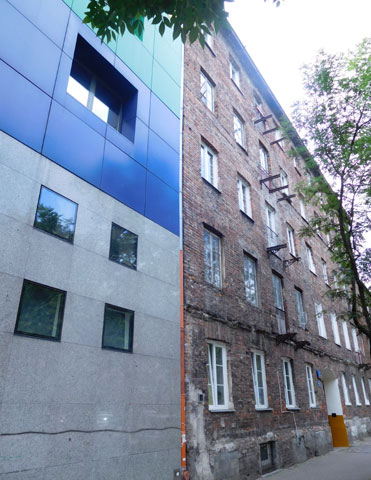
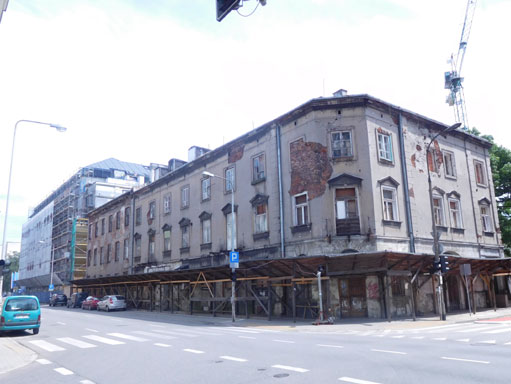
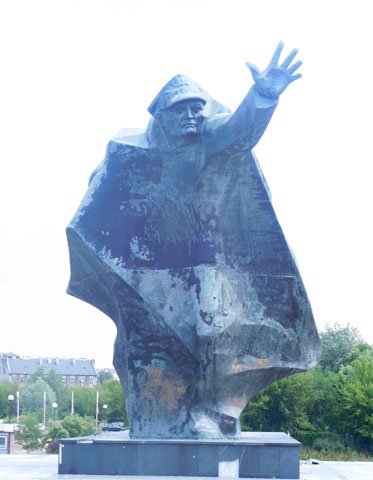
In further wandering we checked out the shops in the nearby Galleria Mall, and savored Polish food and beer (piwa). We arrived just in time for the match of the Euro 2016 between Poland and Portugal. But Poland lost to the grave disappointment of everyone, including us!
Another walk along the Krakowskie Przedmiescie, heading south from the Stare Miasto, enabled us to focus on other grand buildings including important churches and the Presidential Palace, to pay homage to the unknown soldiers of Poland in the Ogrod Saski (Saski Gardens), and admire the memorial to Adam Mickiewiczow, Poland's esteemed poet.
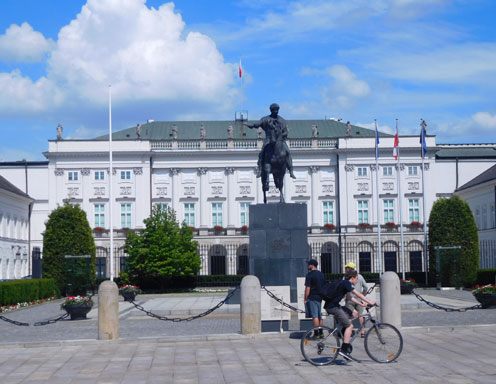
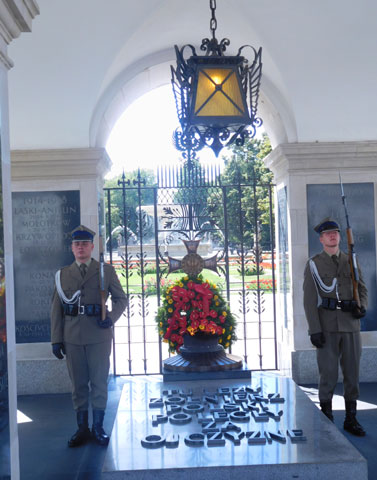
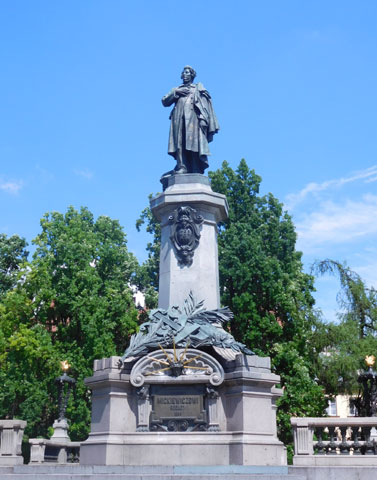
Further on we visited Holy Cross Church, with a inscription to honor Chopin and the strking homage to Pope John Paul II.
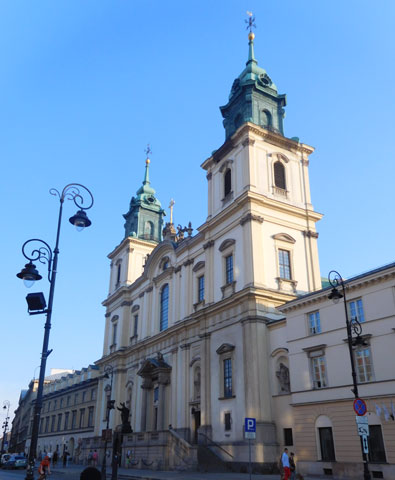
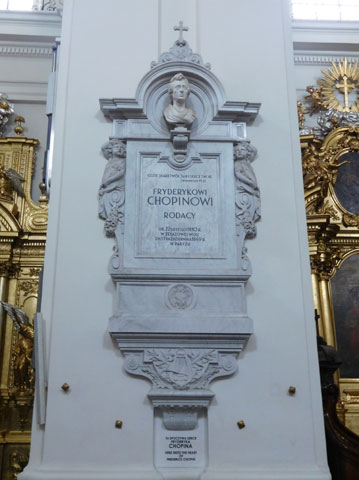
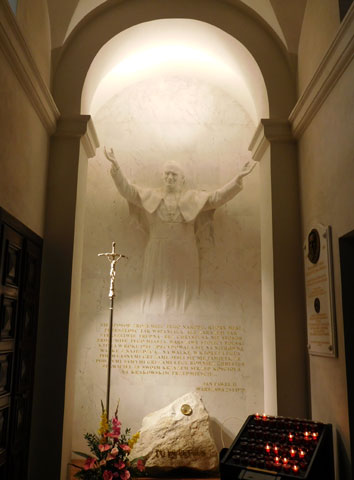
We constantly came face to face with the reality of the destruction that the Polish people had endured during WWII as nearly every historic building of note had a plaque explaining the history of the structure and the final statement,
"This Building Was Destroyed in 1945 and Subsequently Rebuilt."
Exploring beyond these restored historic buildings, we searched for nice urban neighborhoods where we might consider a longer stay. Instead, we found massive monolithic housing estates, the housing built in the Communist Era that still provides homes for many of today's residents. What would life be in these great apartment buildings, we wondered. We thought of Chicago's Housing projects of the 1970s, now gone.
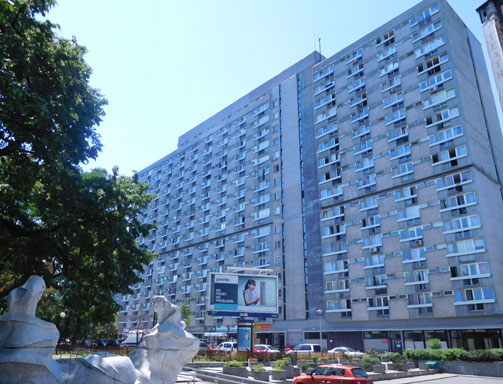
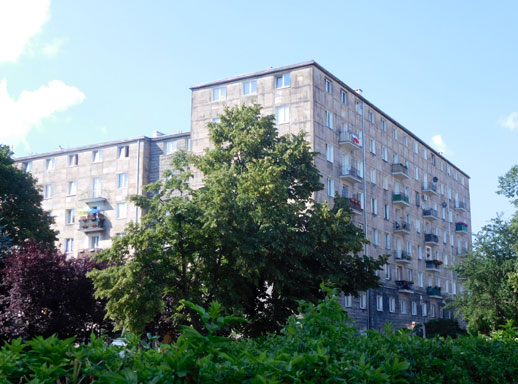
Still, Warsaw has so much to offer! The National Museum offered an unmatched collection of Polish art, but also included works by many other well known artists as well. We especially enjoyed scenes of Warsaw from past years.
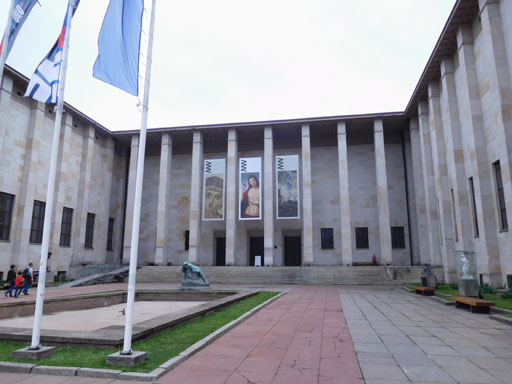
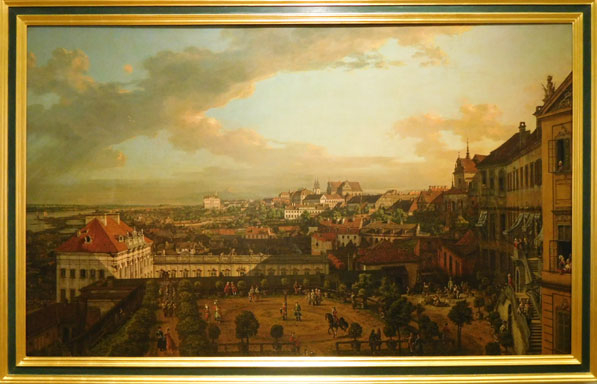
Every Sunday in warse, many residents go to Lazienkowski Park to stroll the grounds, and admire the palaces and gardens.
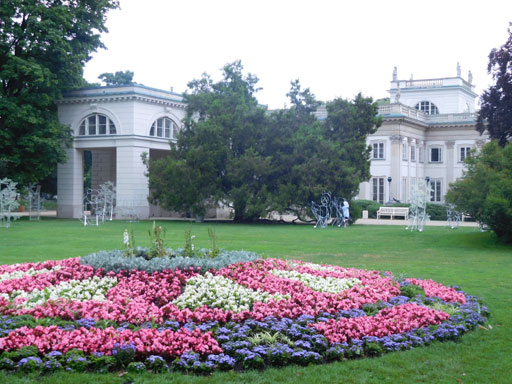
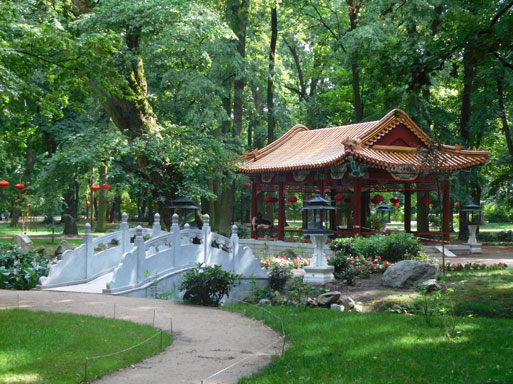
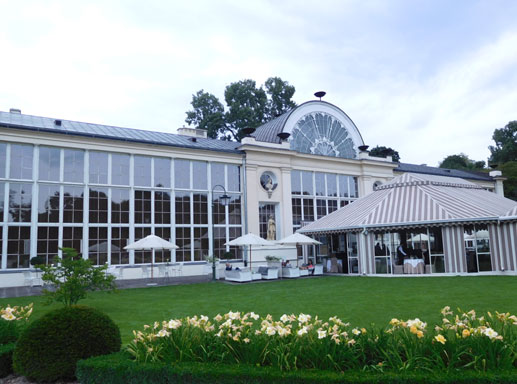
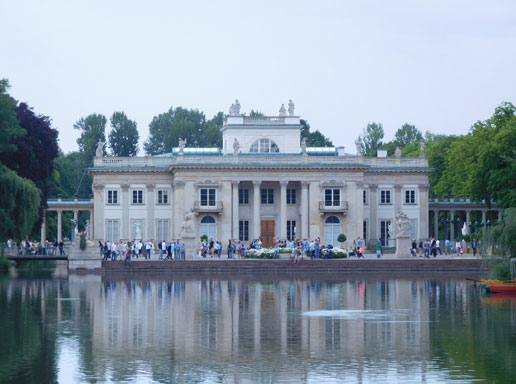
Many then gather to enjoy a concert featuring the piano music of Fryderyk Chopin in a lovely garden, with the performer watched over by the dramatic statue of Chopin himself.
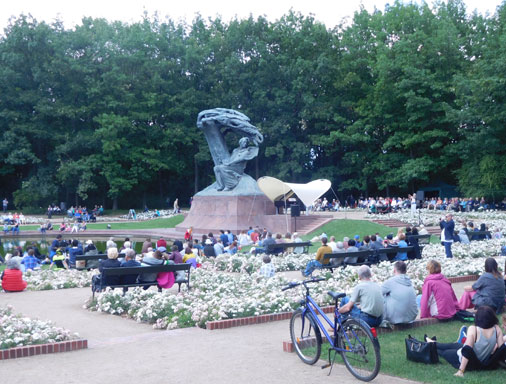
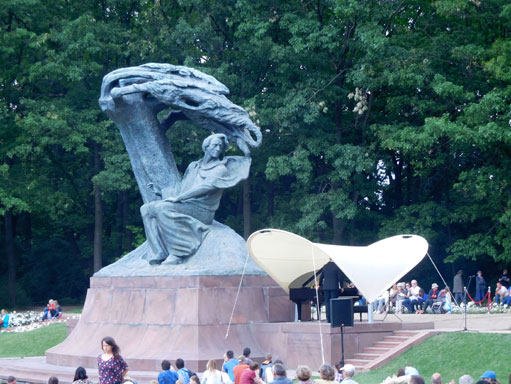
We quickly realized that we needed more time here and planned to return.
On our return a week later we continued our explorations. This time, we stayed in a compact apartment with living room and bedroom and a small kitchen in a communist era tower (8th floor in the middle building). This apartment offered us the perfect opportunity to live in a real urban neighborhood in Warsaw's centre. We felt like real Varsowian residents. The nearby park was perfect for morning walks and we discovered a few cafes and shops, where locals gathered and shopped.
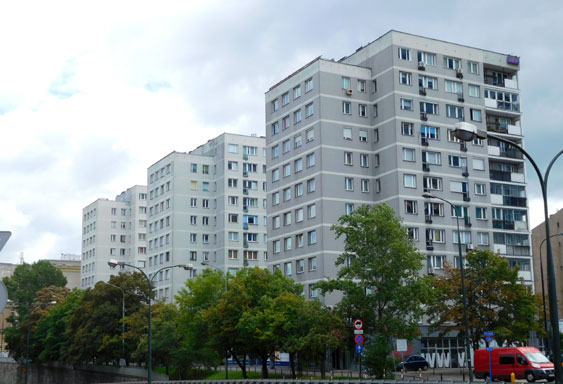
We visited the Royal Castle, another amazing example of how the the Polish people rebuilt their city after World War II. The palacial salons and artwork are wonderful.
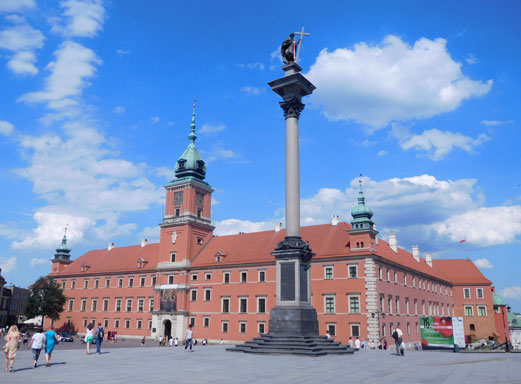
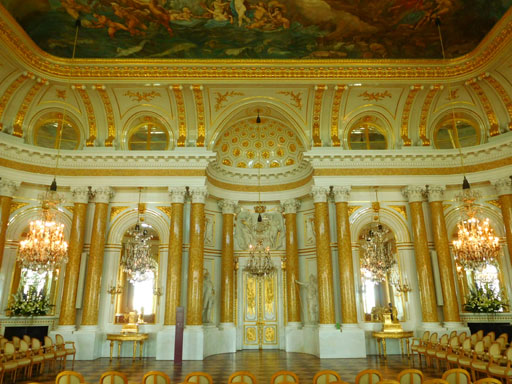
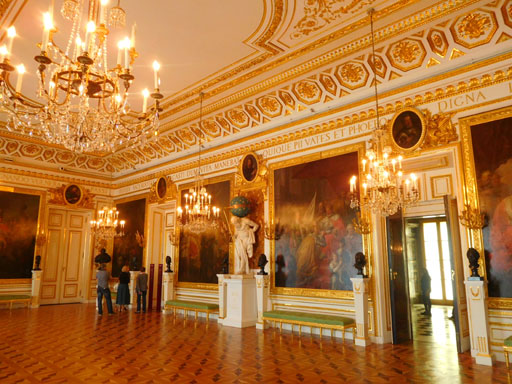
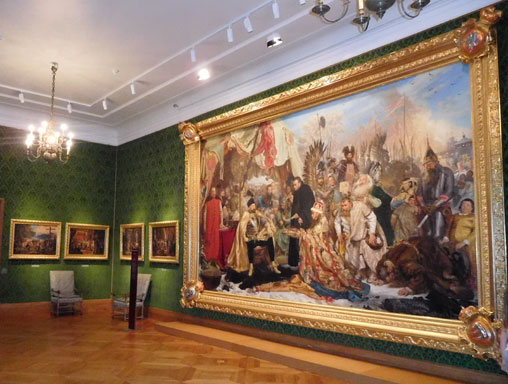
We also enjoyed another Sunday in Lazienkowski Park for another Chopin piano concert, and later a visit to the Fryderyk Chopin Museum, an incredible place!
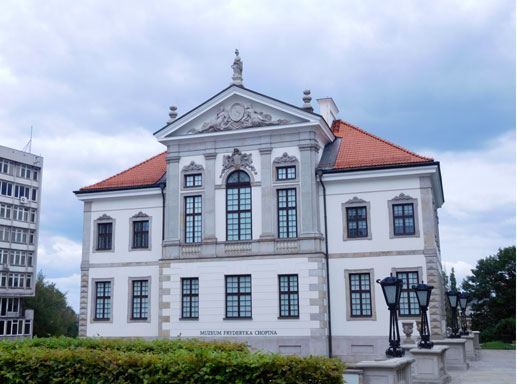
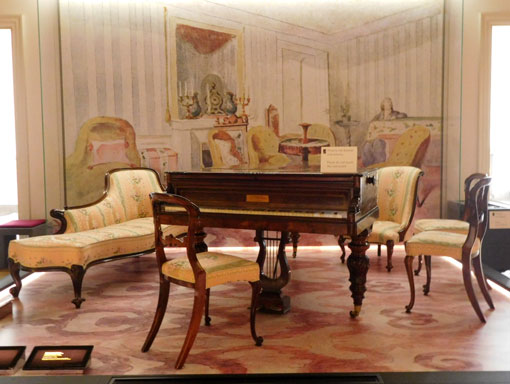
On another day we strolled in the gardens of Wilanov, King Jan III's magnificent palace.
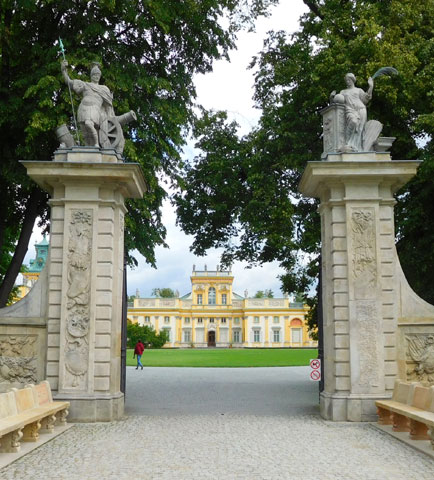
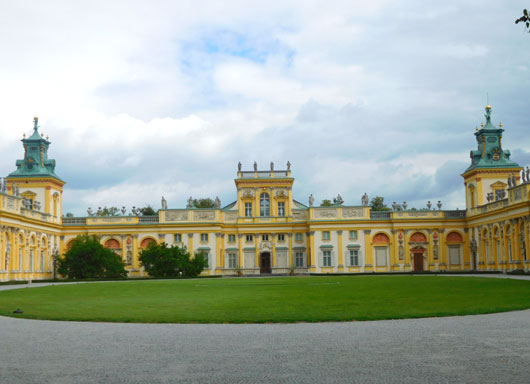
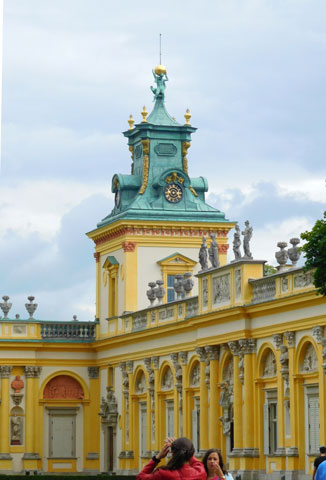
Our Thoughts on Warsaw
We concluded that Warsaw is not like other great cities of Europe. Beyond the lovingly restored architecture of the Stare Miasto, Novy Miasto, and along Krakowskie Przedmiescie, much of the rest of the city was developed by the urban planners of the communist Polish government. Most Varsawvians live in the vast housing estates and towers built during the communist era, which, to us, seem institutional and without the people friendly feel we have experienced elsewhere
In comparison, since 1989, there has been substantial development of glass and steel towers and vast shopping gallerias that now serve as community gathering places. Public transport, including buses, trams and metro as well as regional rail, enables many to avoid driving. However, the scale of most post war development, communist and modern, is not so conducive to walking and bicycling. The city has many large green parks, but motorways have been added that interrupt the urban fabric, such as the one along the riverfront that impacts the people-scale connections to the Wisla.
Yet with our visits, we found ourselves to be quite comfortable in Warsaw! While we give the city a mixed assessment for People Friendliness, we did find it to have it's own identity, reflecting all of its tumultuous history, and to be a fascinating place to explore!
Click here to return to our 'Summer 2016 - Back to Europe' page
Click here to return to our 'Searching the World for People Friendly Cities' page
![]()